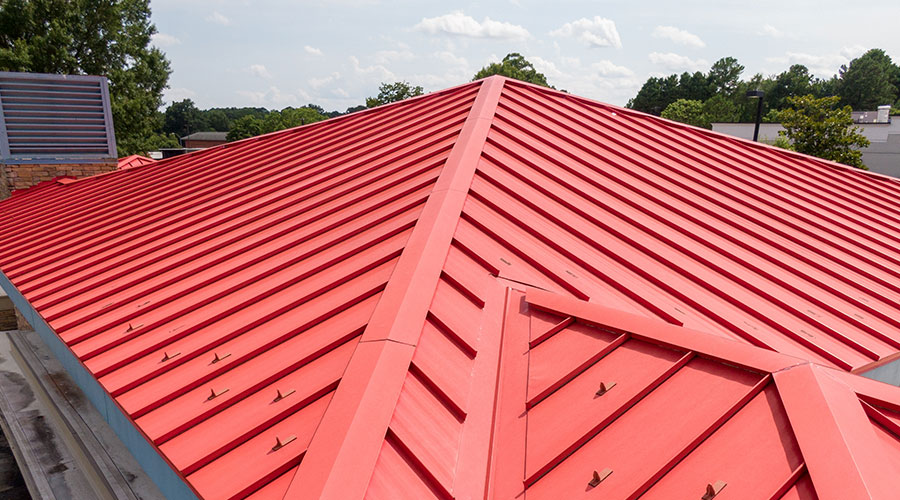Green Roof Tips: Roof Structure and Maintenance
Blanket statements about structures that definitely can or cannot support a green roof are difficult. Many structures actually will be able to support a green roof without any beefing up. Facility executives just have to do their due diligence.
“The first step is a structural evaluation,” says Peck. “You need to know the structural loading capacity, which is go/no-go proposition. If structural upgrades are required, they’re usually cost-prohibitive.”
Structural Calculations
At the Prentice Women’s Hospital in Chicago, the project team chose a modular green roof product for three different sections of roof totaling more than 10,000 square feet after the structural design had been completed and the foundation had been built.
“We did fast-track construction,” says Murasaki. “So we didn’t have time to go back and beef up the structure for an intensive green roof.” Members of the team had previously toured Chicago City Hall’s intensive green roof and, while they were a little disappointed they couldn’t do something similar on their building, they were delighted to discover an extensive modular green roof product. Murasaki says they could literally set the product right on top of the roof as it was originally designed and “walk away.” Even though they chose a lighter extensive green roof, the decision created some skeptics, not only about the structural question but because the green roof was an “unknown,” says Murasaki.
“We reran the structural calculations,” she says. “And we worked hard to fit it into our construction schedule.”
The sections of roof for the roof product Murasaki and her team picked grew in the manufacturer’s warehouse for about a year before they were actually installed. She says the plants selected were all climate-adaptive plants, and therefore require no supplemental irrigation. About the only maintenance required is weeding because birds drop seeds from other plants.
Murasaki’s strategy is consistent with the experts’ advice: Choose self-sustaining plants whenever possible. “Make sure you’re looking for vegetation appropriate for that locale,” says Belisle. “Consider it as carefully as you would the rest of your landscape around your building. You really should be looking for vegetation that doesn’t require irrigation.”
There are multiple reasons for this — first and foremost of which is that maintenance is avoided. The less often crews have to go up to the roof to water and pick dead plants, the more time they have for other facility functions. Additionally, the University of Texas study reports that a green roof’s ability to cool interiors and retain water improved when plants native to the area were used. Then there’s the avoided cost of the irrigation water. Finally, some experts in the Southwest and Southern California have suggested that not using native plants, and then not properly maintaining the roof, creates a fire hazard because of the dried-out, easily flammable plants on the roof.
At the end of the day, though, designing for maintenance should be a no-brainer. It’s a familiar refrain for facility executives, and one that designers — especially in the case of green roofs — are learning quickly. Just ask Kadlubowski: “Design with maintenance requirements in mind,” he says. “Why would you put something up there that requires lots of maintenance?”
Related Topics:















